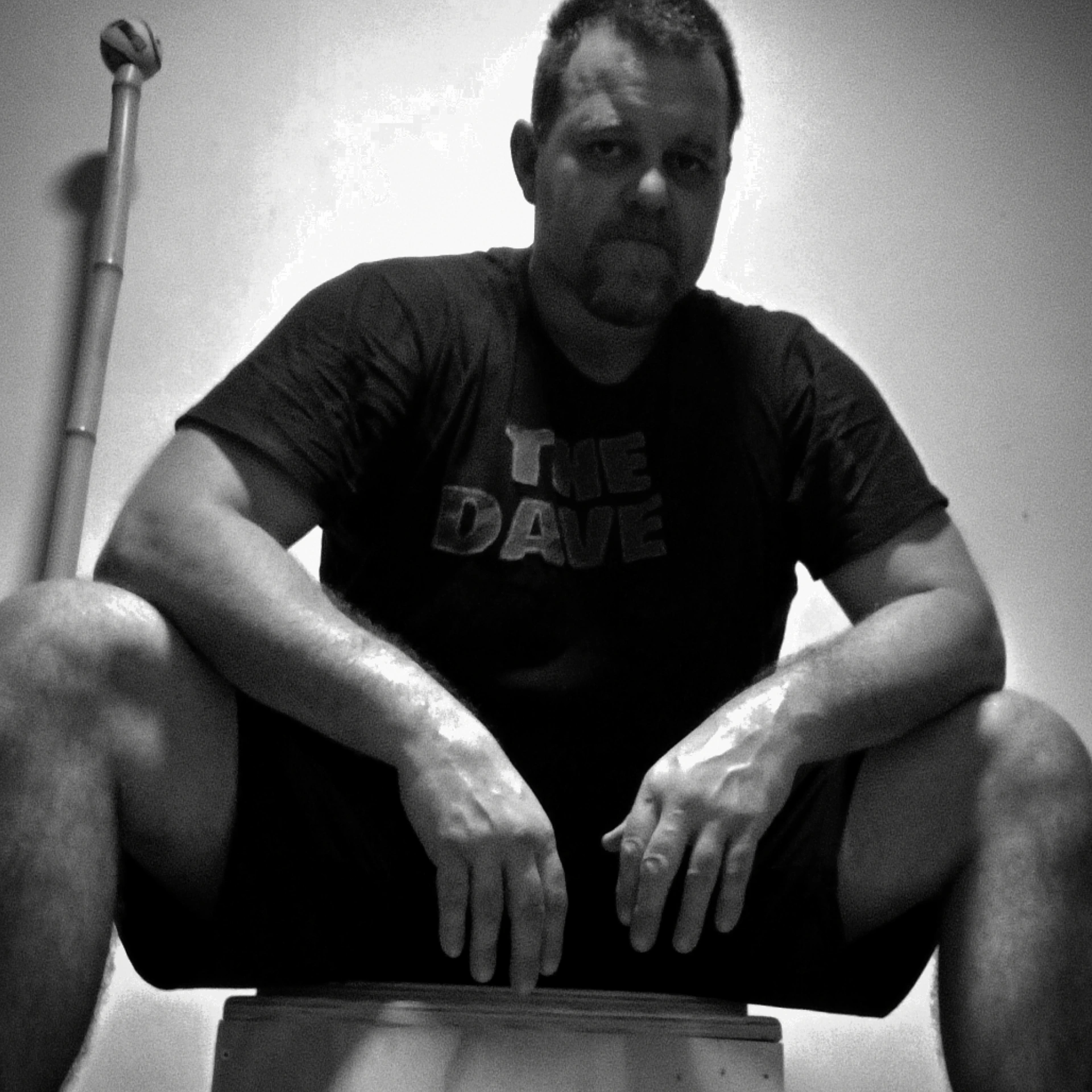Exercise or Training
- Dave Hedges

- Feb 10
- 3 min read
There is a constant discussion as to whether it’s better to exercise or to train
Do we need a focussed exercise plan, a training program
Or can we get progress with something more generic?
The issue, I think comes down a couple of simple ideas.
The first is a definition of terms, followed by the ability to measure and track progress.
"The beginning of wisdom is a definition of terms" Socrates.
SO lets ask the Oxford English Dictionary for a definition:
exercise
/ˈɛksəsʌɪz/
noun
1: activity requiring physical effort, carried out to sustain or improve health and fitness.
"exercise improves your heart and lung power"
2: an activity carried out for a specific purpose.
"an exercise in public relations"
verb
1: use or apply (a faculty, right, or process).
"control is exercised by the Board"
2: engage in physical activity to sustain or improve health and fitness.
"she still exercised every day"
Or we take the word back to it’s Latin root and it refers to Training, Practice and Keeping Busy
Using the Latin we see exercise is training, it is practice.
It is also keeping busy
And in terms of modern fitness, all these are good.
Keeping busy is simply moving.
Maybe in an playful or explorative manner, maybe it’s simply for the purpose of getting a sweat on or a personal challenge.
Whereas if we are practicing or training, there’s usually some defined goal we’re working towards and it’s this goal that has determined the nature of the exercises we practice to get there.
This idea of practice is helpful for reminding us that we are working towards a specific improvement in one of more skills and/or attributes.
Practice has to be quality driven. It must be productive.
So pushing to exhaustion becomes less important than technical ability.
Practicing good technical skills will gradually allow the intensity increase that we practice with.
As skills improve, so then does the skill or load we challenge that skill with.
This is training.
And we can apply this across any attribute or skill we wish to develop.
If the attribute is better biomechanics after a knee injury, then we train, we practice and we gradually increase the intensity.
If the attribute is being a more enduring runner, then we had better practice the skill of running, gradually increasing speed or distance as the body adapts
Practice is an almost liberating term, it means when a session is going badly, we can stop and walk away because we can’t get in the quality practice we need.
Or it means we can change tactic to something parallel.
So for our runner, maybe that old ankle injury isn’t playing ball, so we switch to the bike or the rowing machine to still get the aerobic development, while putting less strain on the old injury.
For our knee injury example, we can do a load of pull ups and dips if the knee is fatigued from the last session, and still gain from the hormone release from exercise.
So long as we have the goal, and we use that goal as a bearing by which we can determine the specific exercises we need to work on, we’re going to make forward progress.
And on the days where we just want to move around, keeping busy, then we do what Paulie has always called “pottering”
You simply potter about, do a few of this, a few of that, a few of the other.
No real structure, go by feel and desire.
Just be aware you don’t burn yourself out as Paulie and I have both done on many occasions by pottering too hard for too long.
Kind of how a big day out on the hills may not feel like a workout, but the next couple of days you have that fatigue in you.
Pottering is the perfect time to try something new. A different lift or skill than you would normally do. A time that you may play around with different ideas and maybe discover a few gaps in your training plan that you may have missed.
That may help you get to your desired goal that bit more efficiently.
Now, hit that reply button and tell me how you potter about or what your current training goals are.
Chat soon
--
Regards
Dave Hedges



Comments